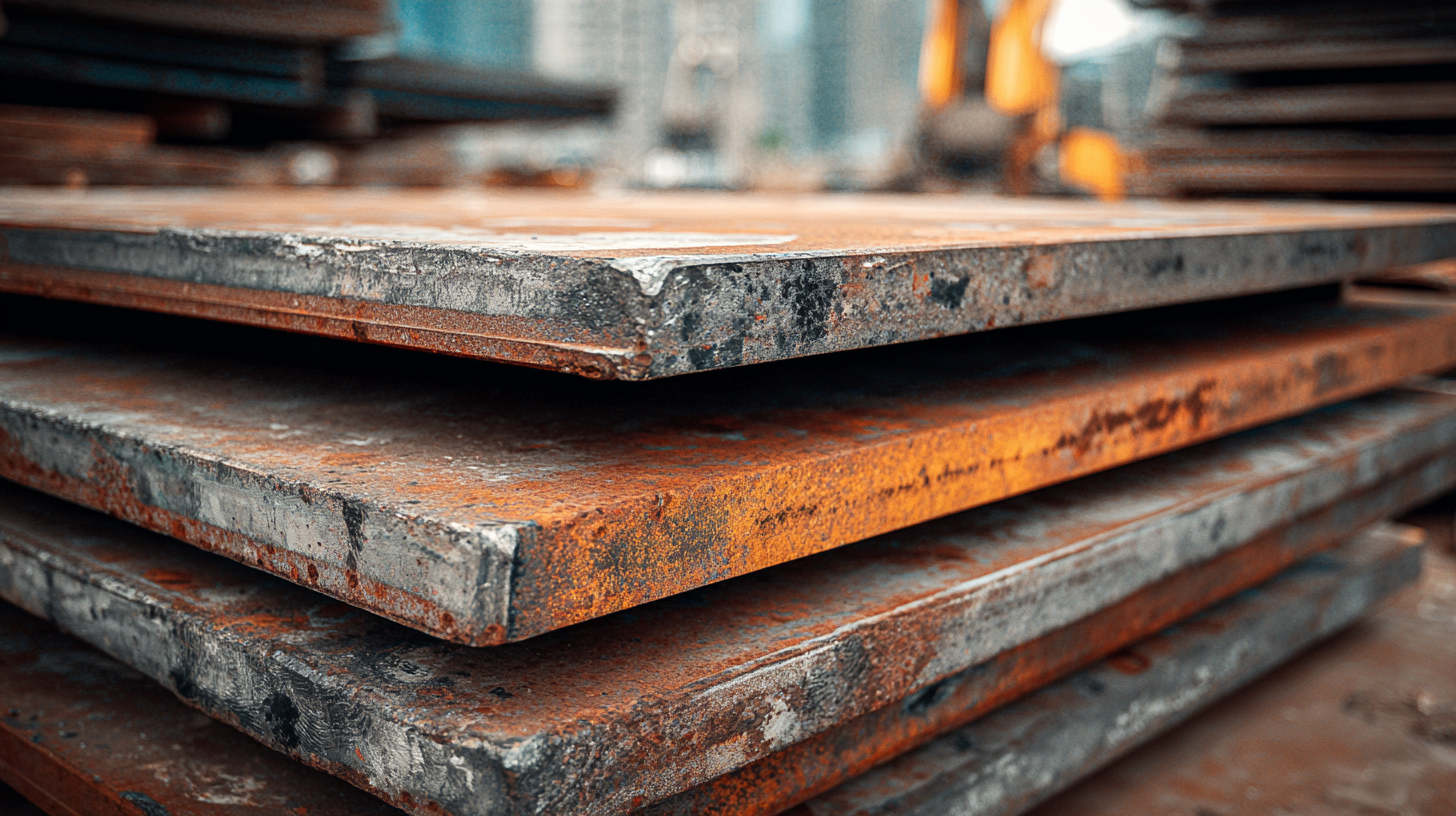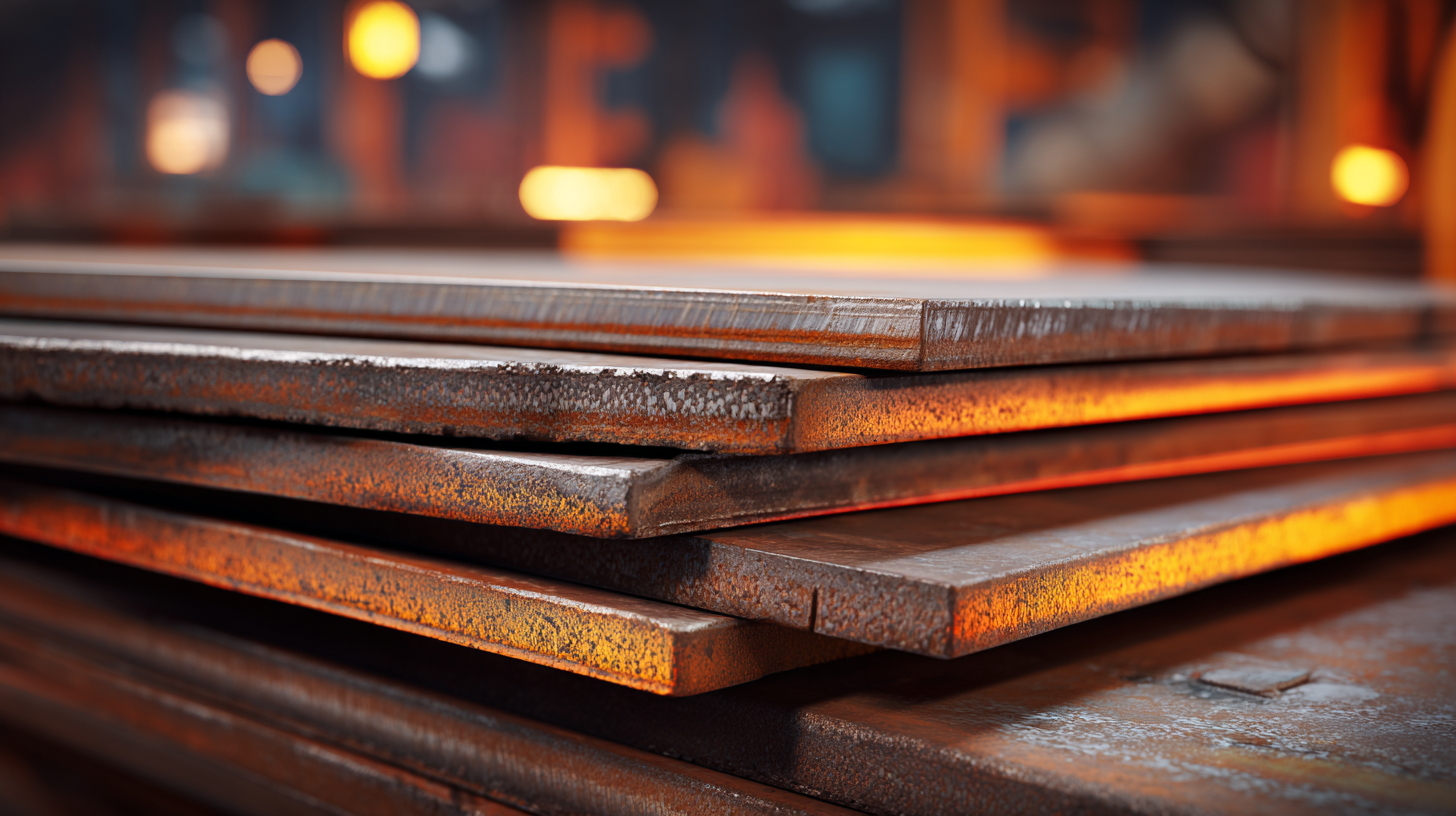 In the realms of construction and manufacturing, the significance of materials cannot be overstated. Among these, steel plates have emerged as a staple due to their unparalleled strength, versatility, and durability. From towering skyscrapers to intricate machinery, steel plates play a critical role in providing the necessary support and structure that these industries demand. Their ability to withstand intense pressure and extreme conditions makes them an essential choice for engineers and architects alike.
In the realms of construction and manufacturing, the significance of materials cannot be overstated. Among these, steel plates have emerged as a staple due to their unparalleled strength, versatility, and durability. From towering skyscrapers to intricate machinery, steel plates play a critical role in providing the necessary support and structure that these industries demand. Their ability to withstand intense pressure and extreme conditions makes them an essential choice for engineers and architects alike.
As we delve into the top ten reasons why steel plates are indispensable, we will explore their applications across various sectors, including infrastructure, automotive, and industrial manufacturing. The unique properties of steel plates, such as their resistance to corrosion and fatigue, not only enhance the safety and longevity of constructions but also contribute to the efficiency of manufacturing processes. By understanding the importance of steel plates, we can appreciate their contribution to creating resilient structures and innovative products that define modern industry.
Steel plates play a pivotal role in construction projects, being fundamental to the structural integrity and durability of various structures. They are extensively used in beams, columns, and roofs, providing the necessary strength required to support heavy loads and withstand environmental factors. The versatility of steel plates allows them to be fabricated into numerous shapes and sizes, making them essential materials for both large-scale infrastructure and smaller construction applications.
In recent developments, the global steel industry has faced challenges, particularly illustrated by the tensions between the UK and China regarding the operations of a steel plant. The UK's legislative efforts to support the steel sector underscore the strategic importance of steel production in ensuring national infrastructure and economic stability. Moreover, the promotion of steel structures in residential construction by various authorities demonstrates a clear shift towards utilizing steel plates for modern building needs, aligning with sustainability goals and efficiency in construction methods. As such, steel plates not only contribute to structural resilience but also meet the evolving demands of the construction industry.

Steel plates are an integral part of the construction and manufacturing industries, offering a diverse range of benefits. One of the primary advantages of using steel plates is their exceptional strength and durability. This characteristic makes them ideal for structural applications, where a solid foundation is crucial. Steel plates can withstand heavy loads and harsh environmental conditions, ensuring longevity and reliability in various projects. Additionally, their versatility allows them to be easily cut, shaped, and welded, adapting to the specific needs of manufacturing processes.
**Tips:** When selecting steel plates for your project, consider the specific grade and thickness required to meet the structural demands. Consulting with a material engineer can help ensure that you make the best choice for your application, optimizing both performance and cost-efficiency.
Another important benefit of steel plates is their sustainability. Steel is fully recyclable, making it an environmentally friendly option for manufacturers focused on reducing their carbon footprint. Incorporating steel plates into manufacturing processes not only contributes to sustainability goals but also enhances operational efficiency. Their uniform properties allow for predictable performance during fabrication, minimizing waste and increasing productivity.
**Tips:** Look for suppliers that provide high-quality, certified steel plates to ensure compliance with industry standards. This practice not only enhances the safety and integrity of your products but can also lead to better long-term cost savings.
| Benefit | Description | Industry Application | Material Properties |
|---|---|---|---|
| Strength | Steel plates offer high tensile strength, making them ideal for heavy load-bearing applications. | Construction, Shipbuilding | High impact resistance, durability |
| Versatility | Steel plates can be easily cut, shaped, and welded to meet specific design requirements. | Manufacturing, Oil & Gas | Customizable dimensions and shapes |
| Cost-Effective | Although the initial cost may be higher, steel plates reduce maintenance and replacement expenses. | Construction, Heavy Machinery | Long lifecycle, low maintenance |
| Eco-Friendly | Steel is recyclable and has a lower environmental impact compared to other materials. | Sustainable Construction | Recyclable, sustainable sourcing |
| Safety | Steel plates provide structural integrity and safety in construction applications. | Commercial Buildings, Bridges | High load capacity, fire resistance |
When selecting the right type of steel plate for specific industrial needs, several factors must be considered to ensure optimal performance and safety. First, determine the application requirements. For example, structural applications often necessitate carbon steel plates due to their strength and durability. Industries such as construction and manufacturing benefit greatly from carbon steel's versatility, given its ability to withstand demanding conditions while maintaining cost-effectiveness.
Next, consider the grade of steel suitable for your project. Different grades of steel plates have varying properties such as yield strength and thickness, which can influence the overall integrity of the structures they support. For applications requiring corrosion resistance, stainless steel plates might be a better choice. Evaluating environmental factors, such as whether the steel will be exposed to harsh weather or chemicals, can guide the selection process and prevent future degradation. Thus, understanding both the specific requirements and the available steel types is crucial for ensuring that the chosen steel plates meet the necessary standards for construction and manufacturing applications.
Handling and installing steel plates in construction and manufacturing requires adherence to best practices to ensure safety and structural integrity. First and foremost, it is essential for workers to receive proper training and guidance. As seen in ongoing projects, such as in Saudi Arabia where foreign workers collaborate with local experts, the optimization of steel structure construction significantly relies on effective communication and knowledge transfer. Proper training programs can greatly enhance workers' ability to handle steel plates efficiently and safely.
Moreover, safety measures must be emphasized throughout the handling and installation processes. Utilizing appropriate protective gear, including gloves and helmets, is critical to prevent accidents. Reinforced lifting techniques and the use of suitable tools alleviate risks associated with heavy lifting. Teams should also conduct regular inspections of both equipment and the work environment. This proactive approach allows for early detection of potential hazards, ensuring that the project progresses smoothly. Well-implemented practices not only enhance productivity but also solidify the foundation for successful construction outcomes.
Steel plates are increasingly recognized for their innovative applications across various modern industries, from construction to manufacturing. With their exceptional strength and versatility, steel plates serve as foundational elements in modular architecture, exemplified by initiatives like the H-Modular Lab. This pioneering facility highlights the trend toward modular construction, which is not only efficient but also sustainable, enabling faster assembly and reduced waste.

In addition to modular architecture, steel plates are crucial in advanced manufacturing processes such as laser cutting. The use of fiber laser technology has revolutionized how steel plates are processed, allowing for high precision and quality in creating complex designs. Furthermore, as industries demand greater sustainability, the steel sector is adapting by developing new methods that enhance the recyclability of steel plates while maintaining their integral properties. This evolution demonstrates steel plates' indispensable role in meeting the future's industrial challenges and innovations.
